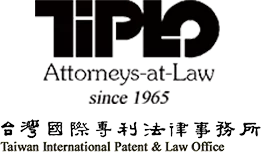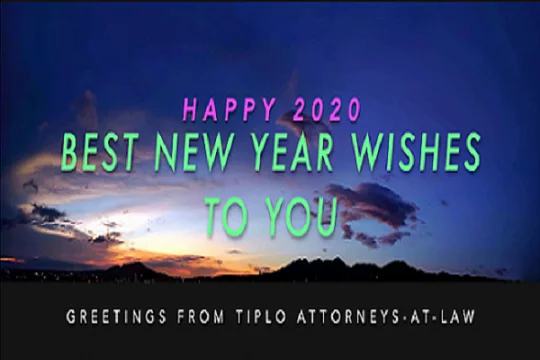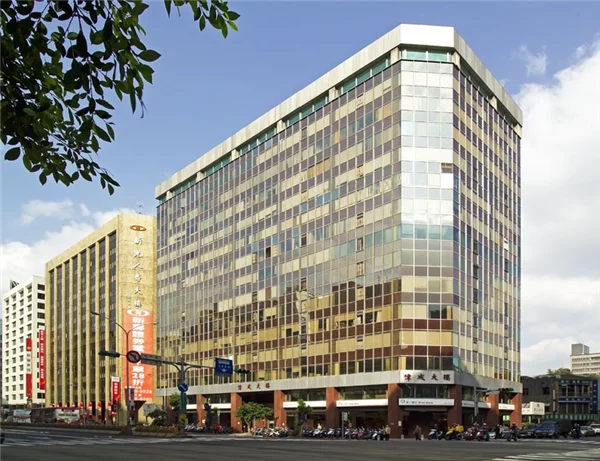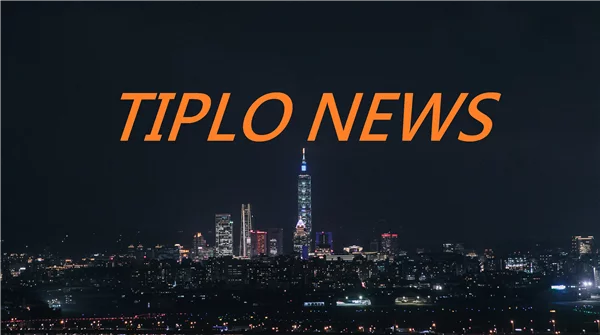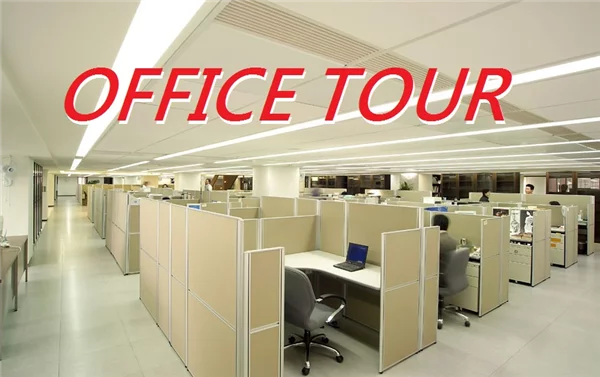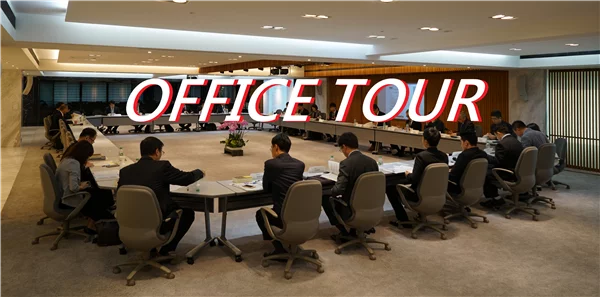Pharmaceutical Instruction Triggers Dispute over Indirect Infringement. IP Court Denied Claim of Infringement.
E081124Y1・E081124Y3 Dec. 2008(E109)
Takeda Pharmaceutical Company Limited sued China Chemical & Pharmaceutical Co., Ltd. (CCP) in Taiwan alleging patent and copyright infringement and claimed TWD1.5 million for damages. The IP Court denied both infringement claims. Takeda alleges that CCP indicated in the instruction of its Glitos drug (for diabetes) that the drug could be taken with other drugs thereby infringed upon Takeda’s relevant pharmaceutical combination invention patent and copyright in the relevant pharmaceutical instruction literature.
This case drew attention because it involves the indirect infringement issue, the concept of which is being introduced into TIPO’s next proposed amendment to the Patent Act. TIPO concurs with the IP Court’s decision on this case saying that indirect infringement is premised on direct infringement.
The dispute arose in 2006 when CCP obtained the approval to make the Glitos drug, a generic drug which, according to Takedan, has a composition similar to Takeda’s Actos drug (with Pioglitazone as the main content). CCP gave directions and recommendation in the instruction accompanying the Glitos drug that the drug be taken with sulfonylurea, metformin or insulin.
Takeda holds patent right in the preparation and usage of composition with pioglitazone and other compounds as well as the derivative product from metabolized pioglitazone. Takeda therefore alleges that CCP’s act of recommending the treatment of taking pioglitazone in combination with other compounds amounts to an act of inducing doctors and patients to infringe upon Takeda’s patent right. Takeda further alleges that the content of the instruction of the Glito drug is nearly identical with that of the instruction of its Actos drug and so CCP has also infringed upon its copyright.
The judge adjudicating the case indicated that Takeda’s patent right in issue extends to and only to the composition with pioglitazone and other compounds and that Takeda holds no patent in pioglitazone, metformin, sulfonylurea, or insulin individually. Moreover, local pharmaceutical makers can make pioglitazone drug which is a generic drug with the approval of the Department of Health.
Further, pioglitazone drug is a prescription drug, which means, CCP has no power to control the doctor to or not to direct the patient to take the drug in combination with other drugs. The fact is, taking pioglitazone in combination with other compounds is a common recommendation for treatment and the instruction in question makes no disclosure of the proportion of the ingredients so the judge holds that the evidence produced by Takeda does not sufficiently establish its allegations against CCP that doctors prescribe the drug in accordance with CCP’s instruction in question rather than based on their own professional judgment.
As to the issue of whether a drug instruction amounts to a literary copyright work, despite the diverse opinions held in practice, according to Taiwan IPO’s explanation letter of 3 May 2006 (ref. Zhi-Zhu-Zi No. 09516001590), “words expressed should be protected under the Copyright Act as the content in question meets the definition of expression”. Some hold differently though saying that a drug instruction is a public document made in accordance with the relevant laws and regulations and given the absence of the author’s personality or individuality and originality, it is not an eligible object for copyright protection.
The IP Court points out in the judgment that the pharmaceutical instruction is the expression of personal R&D results so, by nature, it is a personal document. Further, in spite of the special terms used in the instruction (such as the effect, recommended dosage, possible side effects, etc.), the description of the relevant R&D process, experiment result and the lexicon used and so forth remain the characteristics of the writer’s personal style of expression. In short, originality is present in the compilation of the instruction and it cannot be denied on account of the special medical terms used.
According to subparagraph 3 of the first paragraph of Article 20 of the Examination Guidelines for Applications for Pharmaceutical Inspection Approval, the content of the generic drug instruction must follow the initial instruction approved on the drug. Therefore, in this case, CCP must either reproduce or adapt the initial instruction approved to Takeda for the purpose of obtaining the generic drug approval. In short, the use of the instruction literature in question constitutes fair use under Article 52 of the Copyright Act.
Holding that generic drug makers should not be compelled to bear the disinterests arising from the conflict in the relevant laws and regulations, the judge recommends regulatory flexibility for the Department of Health to, for example, allow generic drug makers to use the initial instruction approved to the first maker of the drug by way of quotation or reference instead of copying or translating. (2008.11)
/EMA

